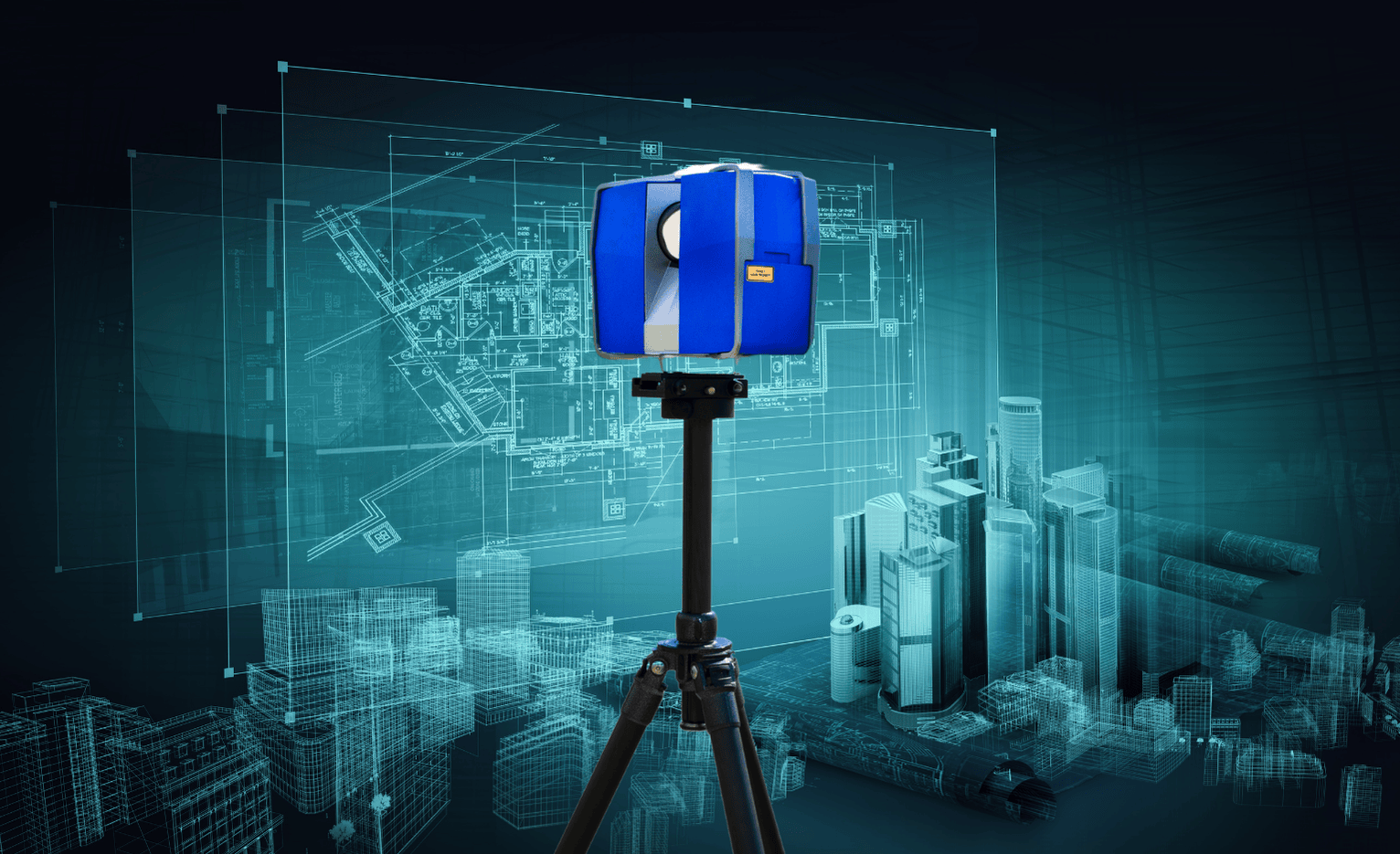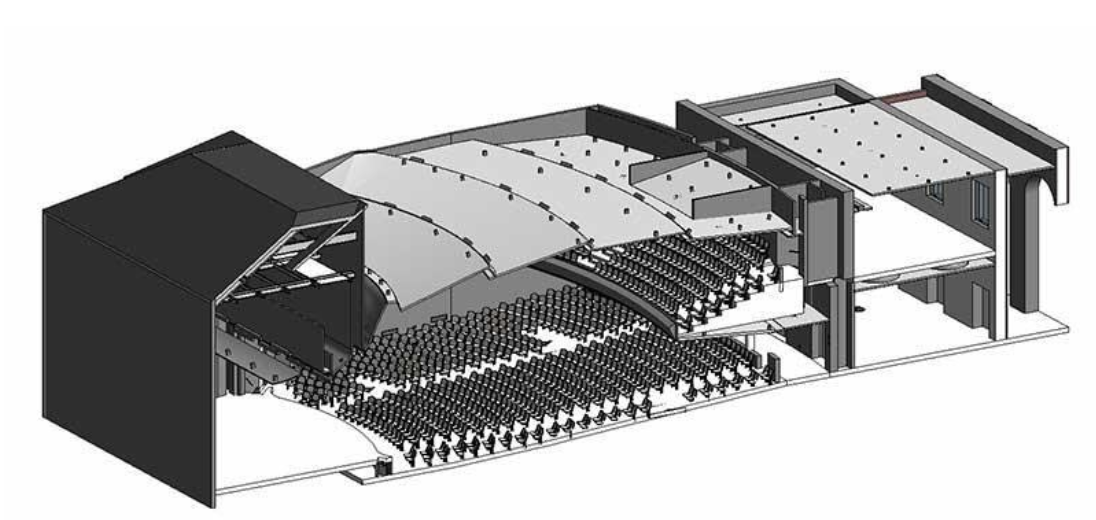Any engineer, whether you are a mechanical, electrical, or plumbing engineer, can create extremely efficient systems for your project with confidence when uising BIM (Building Information Modelling.)
Using Building Information Modeling (MEP), engineers can advance their design to a 3D model directly from the Architect’s model. Information about the size of rooms, real-time ceiling elevations, and walls will give you a better understanding of how to brainstorm your design for the system. Structural and Civil Engineers are all capable to explore the model and make their adjusts when appropriate. The use of BIM helps these different engineers share information with each sector, which improves the overall project.
Here are the top 7 benefits of using BIM, benefiting all engineers involved in the industry
1. Collision Detection
One of the most common problems for MEP engineers is designing a system that does not fit the structure. By integrating BIM into your environment, engineers will decrease the room for error. Since you are able to see the entire model as if the structure were physically built, you can make smarter decisions when placing wires or pipes throughout the structure. There is also built-in clash detection within BIM integrations. For example, many models are developed throughout the entire design process. Architects and engineers create many models are essentially built on top of each other. Once you have your mastered project, BIM software will put all the models together and search for errors within the project, such as a beam running into the plumbing system. This is a great way to discover problems early before the build begins. Using collision detection is done through the multiple models built, which means using this technique is only possible with BIM (just CAD will not work).
2. A Plethora of Design Data
With the vast amount of information needed for projects, especially for engineers, there is many times where you run into misinformation. With BIM, the information is stored and saved within a database, meaning you will not get the wrong information when saving your work. This helps with customizing your systems using the data information from architects and other engineers to insure that your air conditioning unit or electrical fixtures are all placed in the correct positions. Having this plethora of design data gives engineers the advantage to reduce room for error and increase higher success rates. Not only will errors be reduced among your own work, but other previous design models will be accurate to give team members a standard model to work with.
3. Processes for Sustainable Buildings
By having access to large amounts of data at your fingertips, this enables the engineer to think sustainably and deliver more of their attention to building green. This also includes cutting down your total time on the project and eliminating the need for excess materials or supplies. In turn, this will lower your overall costs. When using BIM and thinking green, engineers can enable more focus on minimizing energy consumption within their design. Depending on your market, this may be a requirement of your project. Utilizing BIM will make working with sustainable projects much easier than any CAD software.
4. Increase Collaboration and Improve Communication
One of BIM’s key features is to help the AEC industry collaborate more intuitively and communicate efficiently. By using multiple models at different stages within the project design, you can collaborate with other engineers and save previous models. Exporting your model is easy and gives your team an advantage that you would not have without BIM. All changes can be made in real-time, and can be shared with others in minutes. With MEP engineers, collaborating is very important to ensure an efficient system design. The sophistication of BIM integration is based off the rule of physics and enables a complement for engineers and other project team members. The software automatically allows much more analysis and modeling to achieve peak performance, putting the vast amount of information into a centralized location. Communicating with other team members is also made in real-time. Everyone working on a project can benefit from increased collaboration and communication, which is BIM’s specialty.
5. Improving material and time estimates
MEP engineers can benefit from prefabrication software to improve material arrival time and scheduled estimates. One of the issues using previous technology is the misuse of information, causing deliver times to arrive later than expected or pushing back deadlines that were already previously moved in the past. Enabling BIM, you can add plug-ins into your software design to calculate shipping times for materials and give you effective time management for your projects. You can also have an effective system designed with confidence that it will work given the previous completed project models. If there are any changes that need to be made, this can be done before the project is finalized and materials are ordered. This will give your firm assurance in bigger projects and an advantage to others in your market.
6. Make more informed decisions
From system design to perfecting your budget, BIM helps engineers make more informed decisions and complete tasks in a realistic time frame. Decisions about system design can be made at a high level and shared with others to make changes when needed or precede with the original model. Talking to other sectors of the project and team members alike is easy with BIM integration. You can provide your clients with your design with confidence and help stakeholders with any decision requests to ensure your project is achieved with satisfaction. BIM naturally allows for smoother interactions within a project, which everyone in this industry needs, and gives people much more time to think thoroughly about project ideas.
7. Competitive advantages
The use of BIM will give any MEP engineers and their firm competitive advantages with others in their market because of the ease of use with quality work expectations. Showing clients your systems in advanced will give clients confidence in your work and allow firms to naturally gain positive reputation within the industry. There are competitive advantages within each of the previous benefits described, such as improved communication and collaboration. Other firms are not all using BIM, and utilizing information modeling gives you the benefits above, which alone give engineers their competitive advantage. Minimizing errors, correctly designing systems, communicating with architects and contractors, and collaborating with all parties gives engineer firm’s advantages that most do not have.
BIM has created new benefits for everyone involved in the AEC industry
By utilizing new technology, you can leverage your business and gain new clients. Other businesses are looking for new ways to coordinate, communicate, and collaborate together. BIM helps achieve all three of these desires in an ever-changing industry. Architects, contractors, and engineers can work together in an efficient manner and get more work done, with higher accuracy, reducing the percentage of error for projects. Using BIM integration gives people more information about a project, so you do not have to worry about missing measurements.
We recommend gaining experience with BIM integrations by using a reliable company such as Cadnetics to outsource your BIM desires. Finding a certified and reputable company may be difficult, but it is possible. We here at Cadnetics have over 25 years of experience with using the best technology to help others advance their firms and push the industry forward. If you are interested in utilizing BIM services, or have any additional questions, email us here to learn more about the possibilities with BIM.



